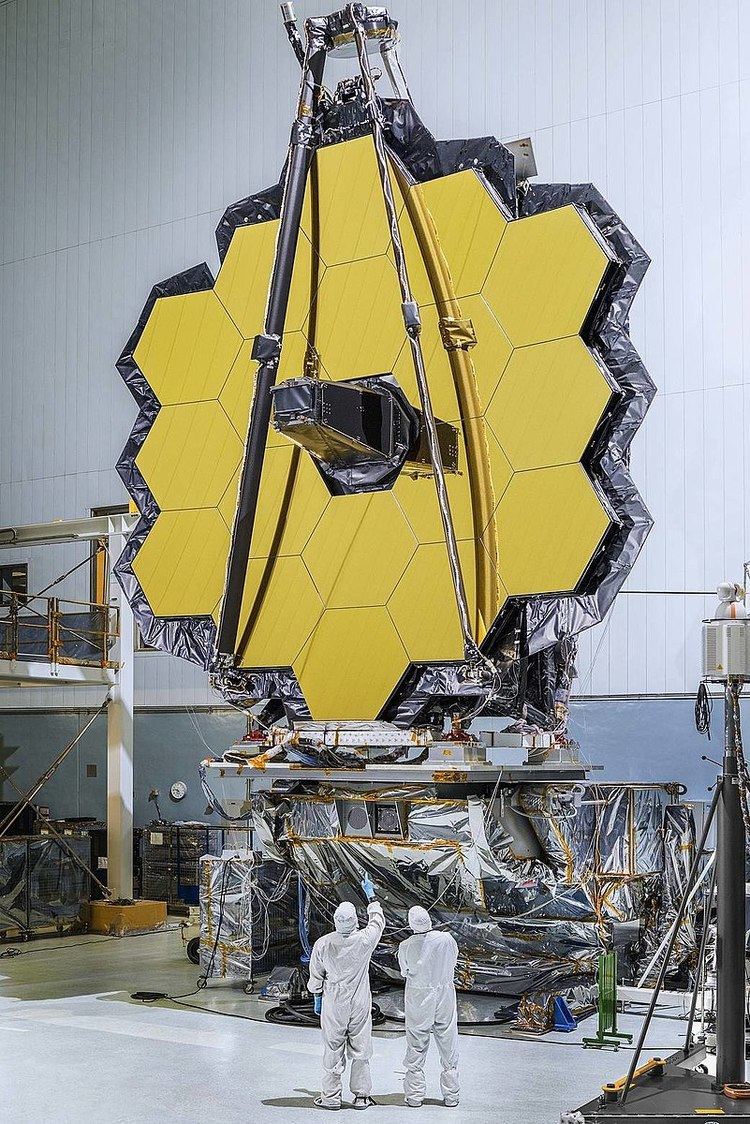 | ||
2018 is expected to bring a number of milestones in spaceflight. NASA's Space Launch System is expected to launch on its first mission, EM-1, carrying an uncrewed Orion spacecraft and a number of piggybacking CubeSats on a test flight around the moon. The long-delayed James Webb Space Telescope, the largest space telescope ever built, will also be launching to the Earth-Sun L2 point.
The first manned launches of both CST-100 Starliner and Dragon 2 are planned for 2018.
In planetary exploration, the Juno mission is expected to complete its exploration of Jupiter's interior with a destructive re-entry into the gas giant. The NASA InSight seismology lander is expected to launch and land on Mars within 2018. Additionally, the ESA/JAXA BepiColombo double Mercury orbiter mission is planned. Two asteroid sampling missions Hayabusa 2 and OSIRIS-REx will reach their respective targets Ryugu and Bennu during summer.
China will launch its Chang'e 4 lander/rover in the latter part of the year. The mission was originally designated as a backup of its Chang'e 3 mission but later re-purposed to attempt the first ever soft landing on the far side of the moon.
In February 2017, SpaceX CEO Elon Musk announced that the company would send two tourists on a free return trajectory around the moon in 2018.
By country
For the purposes of this section, the yearly tally of orbital launches by country assigns each flight to the country of origin of the rocket, not to the launch services provider or the spaceport. For example, Soyuz launches by Arianespace in Kourou are counted under Russia because Soyuz-2 is a Russian rocket.
